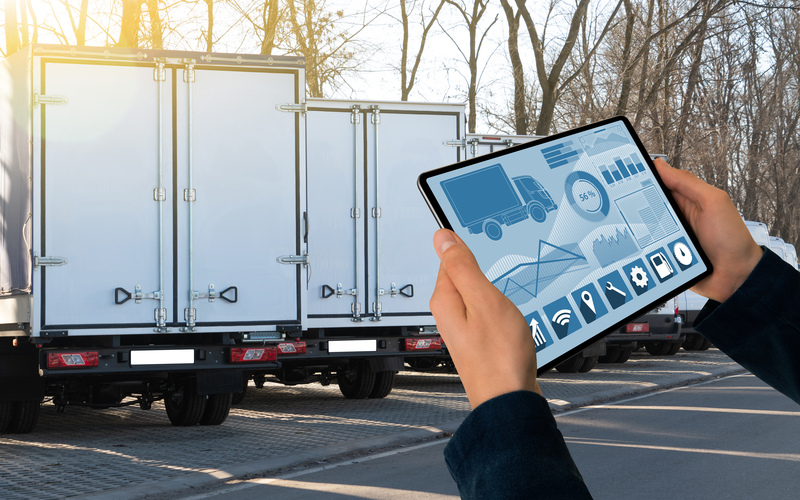Sourcing and Procurement
Top Trends in Telecom for Procurement
2019, the telecommunications industry took its first steps towards the commercialization of multiple concepts including 5G and Internet of Things (IoT). The implementation of Internet of Things (IoT), machine learning (ML), and Blockchain in the Telecommunications industry are expected to enhance decision-making around spend and purchasing, supplier portfolios, and contract fulfillment for the procurement function.
Key Trends in Telecommunication Procurement:
1. 5G and the Internet of Things (IoT)
In 2019, fifth-generation (5G) wireless technologies is expected to dominate the telecommunications industry.Key Features
- Increasing investments on technology will continue on formulating and testing go-to-market business models for monetizing 5G and other opportunities such as voice-assisted technologies and IoT.
- Network slicing technology allows a single physical network to be partitioned into multiple virtual networks, enabling the operators to offer different services to different customer segments. It also allows operators to provide private networks on an 'as-a-service' basis.
- 5G-connected sensors are very small, low-cost devices attached to any product in transit, allowing supply chain professionals to track all items in the chain, monitoring their exact location, along with the environment where the product exists - temperature and humidity. Sensors could also be used to monitor warehouses, automatically replacing items when stocks go below a certain point.
Key Regions and their Telecommunications service providers who implemented 5G
| Region | Telecommunication Service Providers |
|---|---|
| USA, South Korea, China, and Japan | 102 locations in 54 towns in Europe |
| Verizon, Sprint, and AT&T | Swisscom |
According to research by Ericsson, major 5G network deployments are expected by 2020, and a projected 4.1B IoT cellular connections will use 5G worldwide by 2024. Currently, Swisscom plans to expand its 5G network in major cities, targeting 90% nationwide population coverage by the end of 2019 with the help of Ericsson Spectrum Sharing.
Machine Learning (ML) and Artificial Intelligence(AI)
In 2019, Artificial Intelligence and Machine Learning are expected to play a critical role in the development of the telecommunications industry.
Key Features
- AI and ML will help in automating many back-office operations and trivial customer interactions, thus saving time and money for the company.
- Customer service chatbots, speech recognition, and voice services for customers coupled with predictive maintenance are already used by major telecommunication companies around the globe.
For instance, AT&T states that the company intends to continue its focus on increasing savings via cost reductions through automation, digitizing transactions and optimizing network costs. Additionally, the company's ongoing transition to a more efficient software-based technology is expected to increase its cost savings over the next several years. AT&T implemented AI to help to identify and repair the breakpoints (in both hardware and software) without human intervention.
These cost savings can be passed on to the customers in the form of discounts or reduced tariffs.
2. Blockchain implementation in Telecom
Telecommunication companies are clutching on to opportunities to implement Blockchain for data exchange to reduce roaming and identity fraud, and introduce revenue-generating eSIM 'identity-as-a-service' type services.
Key Features:
- Blockchain coupled with eSIM provisioning is expected to pioneer new revenue streams, improve service efficiencies, and provide superior customer experiences, thereby increasing transparency and operational effectiveness.
- Telecommunication companies can utilize Blockchain technology to simplify billing systems and automate settlements.
- It will also provide secure, error-free, peer-to-peer connectivity for thousands of IoT devices. Blockchain coupled with 5G technology will provide faster and regulated local connectivity between devices.
- Create new business models for determining the ideal use of non-prioritized traffic.
Blockchain will be used in cases where there is a regulatory track-and-trace requirement, or in supply chain where there are high levels of counterfeiting, thereby simplifying supplier performance management.
Impact of Blockchain on Procurement Functions
In supply chain and procurement functions, Blockchain is expected to:
- provide extensive intelligence on custody and ownership of the product during its journey and lifecycle,
- increase global trade compliance
- improve trade finance, thereby, improving transparency and visibility, resulting in better decision making.






